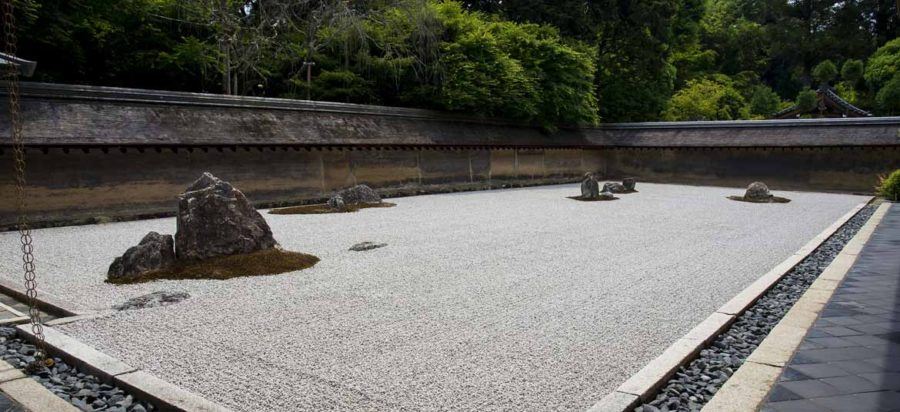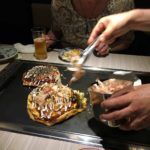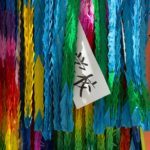Like this post? Help us by sharing it!
Tom Bulloch and Roberta Howery travelled to Japan with us in May and fell in love with the country and its people. Here, Tom explains what made their trip so fantastic and give a few top tips and recommendations for other first-time travellers to Japan.
“What’s that one?”
My wife was looking over my shoulder at the Inside Japan Tours website. We were seriously considering the Golden Route Self-Guided Adventure for two reasons; it sounded like an excellent, affordable “first trip to Japan” choice, and because it was independent travel. While we are both in our 60s, we’ve travelled extensively (in much less civilised places than Japan), and we much prefer the incomparable discoveries, freedom, ability to interface with “locals,” and even the surprises that come with independent travel.
Of course, there is “adventure” and there is “foolish.” Never having been to Japan, and Japanese being all Greek to me, having our itinerary, transportation, and lodging pre-arranged by someone who knew what they were doing is simply a wise use of money and even more precious time.
I had been looking at the “Classic” level of the Golden Route, quite reasonable indeed, when my wife said, “What’s the ‘Superior’ level?”
“Uhh, that’s too expensive,” I replied. “Show me,” she said, not willing to accept my assessment.
She made note of the gorgeous accommodations, first-class rail travel, the inclusion of local guides in Tokyo and Kyoto, and other extras, and pronounced: “We’re doing that one.”
“It’s almost twice as much,” I argued.
“In case you haven’t noticed, we’re not getting any younger,” she replied. “Book it.”
Resistance being futile, I called the Boulder, Colorado office, not that far from us, and was very lucky to reach Alice Volkmar (you, too, can reach her by clicking here). In the weeks to come, Alice would spend much more time than she probably should have with me discussing Japan, mutual experiences, and the state of the world. She worked tirelessly to put together our trip on relatively short notice, including some custom tailoring, and her help and advice was invaluable. Arigato gozaimasu, Alice.
I won’t bore anyone who might read this with a day-by-day description of our trip; after all, the joys of independent travel lie in finding your own way. Some observations and suggestions might, though, be of interest to someone considering a trip to Japan:
Getting around is easy
Far from being intimidating, Tokyo is a breeze to navigate with its outstanding subway and rail system. Stops are indicated in English as well as in Japanese. The system is impeccably clean, pleasant, and efficient. You can get just about anywhere in metro Tokyo in 30 minutes or less.
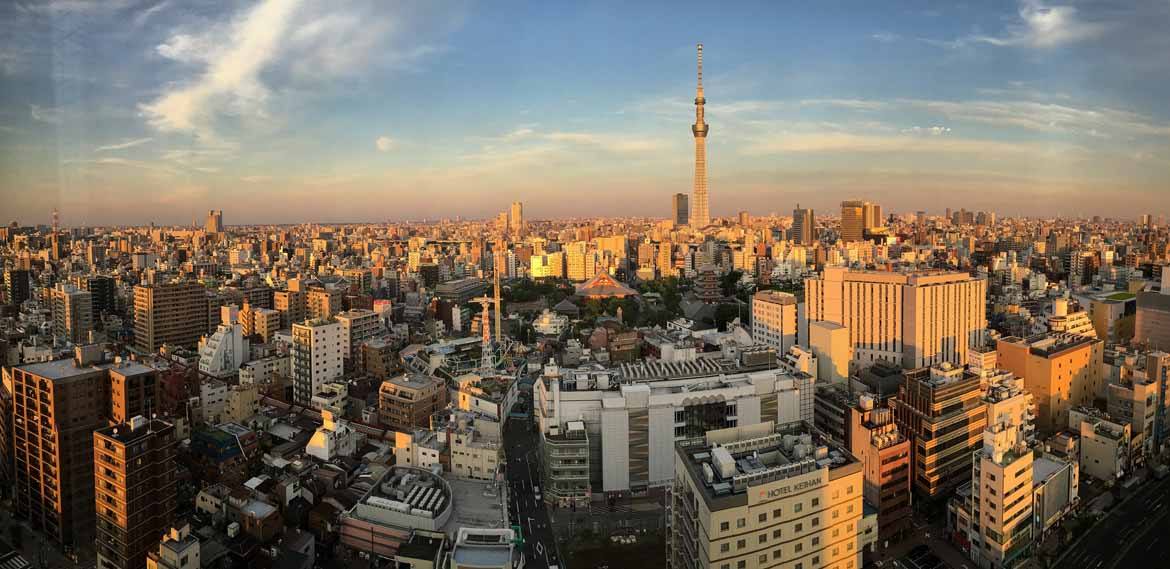
Was “Superior” that superior?
As much as I hate to admit it, my wife was right. The accommodations were simply outstanding, a delight after a long and sometimes hot day exploring. First-class rail travel is delightful. It was worth every dollar, yen, or euro. The included hotel breakfasts were remarkable.
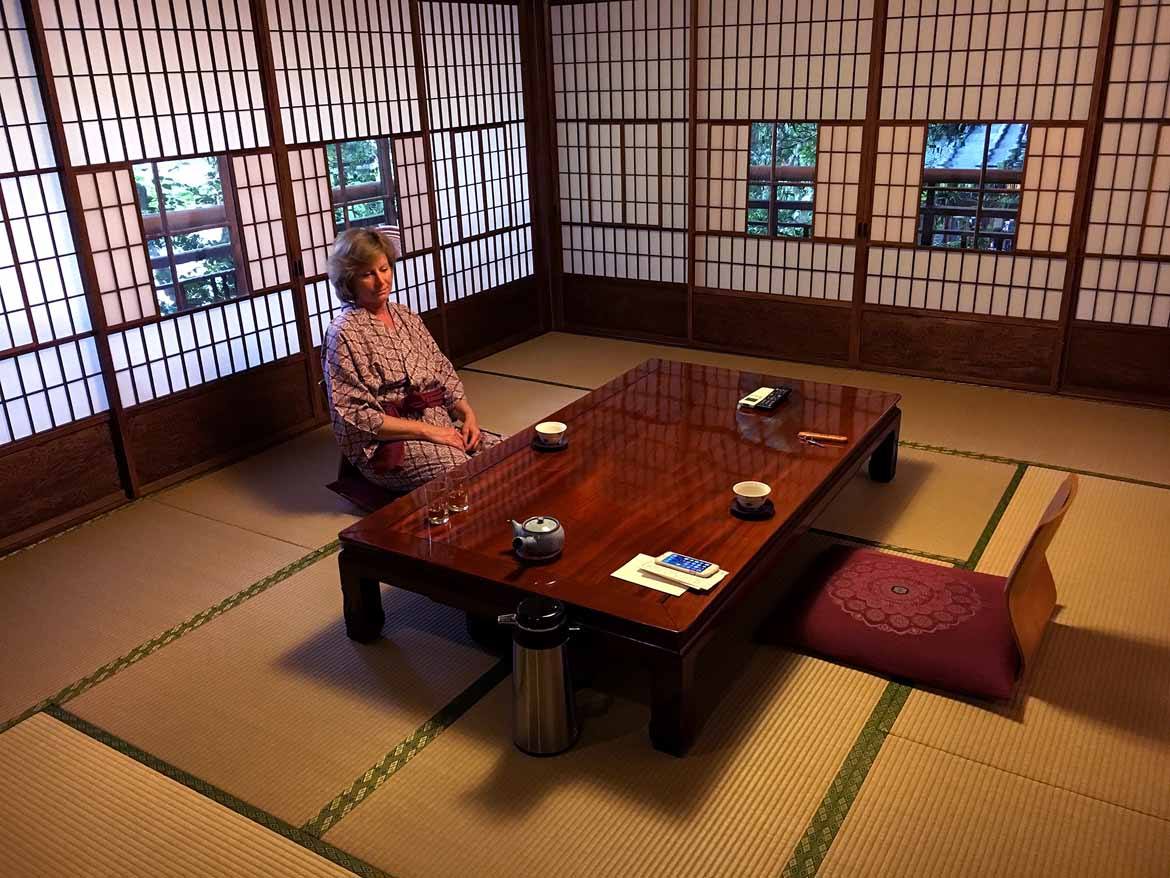
Invest in private guides
Perhaps the greatest value lay in having personal guides for a day in Tokyo and Kyoto. Yes, they added immensely to our knowledge and understanding of what we were seeing. Equally valuable was being able to quickly “learn the ropes” of subway travel, food, customs, and inside tips that would have taken us days to comprehend.
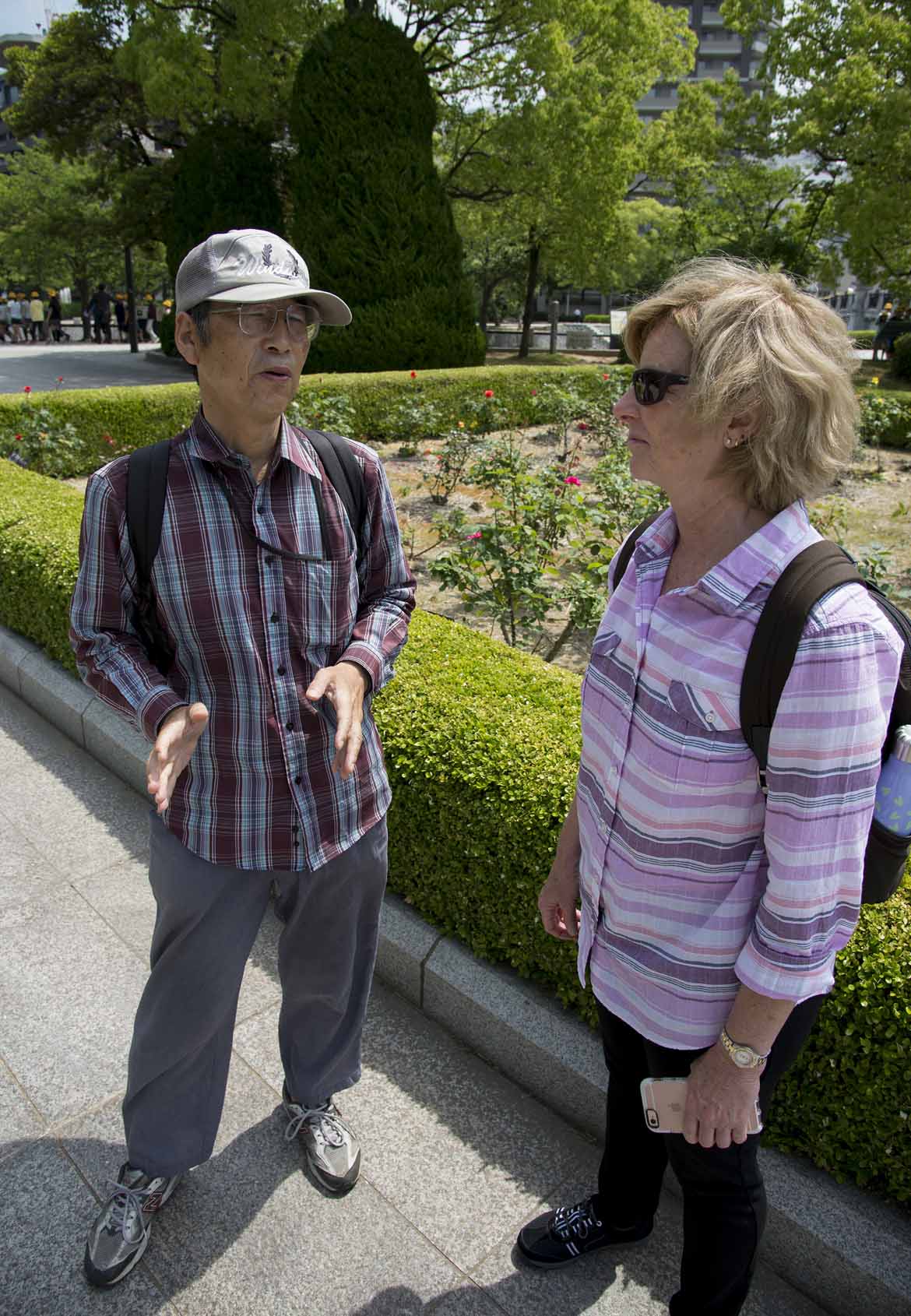
Learn about history in Hiroshima
The day trip we added to Hiroshima, which we debated, is simply a must. It is impossible to see what transpired here without being moved. There are no politics, no blame, no excessive sentimentality, simply an incredibly accurate and poignant retelling of August 6, 1945. Plan on spending an entire day at the Peace Park and the museum. I’d suggest seeing the museum first, and the time you’ll spend in the Peace Park itself will mean that much more. Then after all that heaviness, wander around and find a tiny okonomiyaki restaurant, the Japanese “pancakes” for which the city is known.
Bring your own chopsticks
Buy a nice pair of chopsticks and take them with you (it also helps to practice ahead of your arrival, as forks are scarce). Japan consumes 2 billion sets of disposable chopsticks every year, and there is a growing environmental movement to reduce the amount of lumber that is thrown away. Besides, pulling out your own titanium or elegant wood chopsticks is really cool.
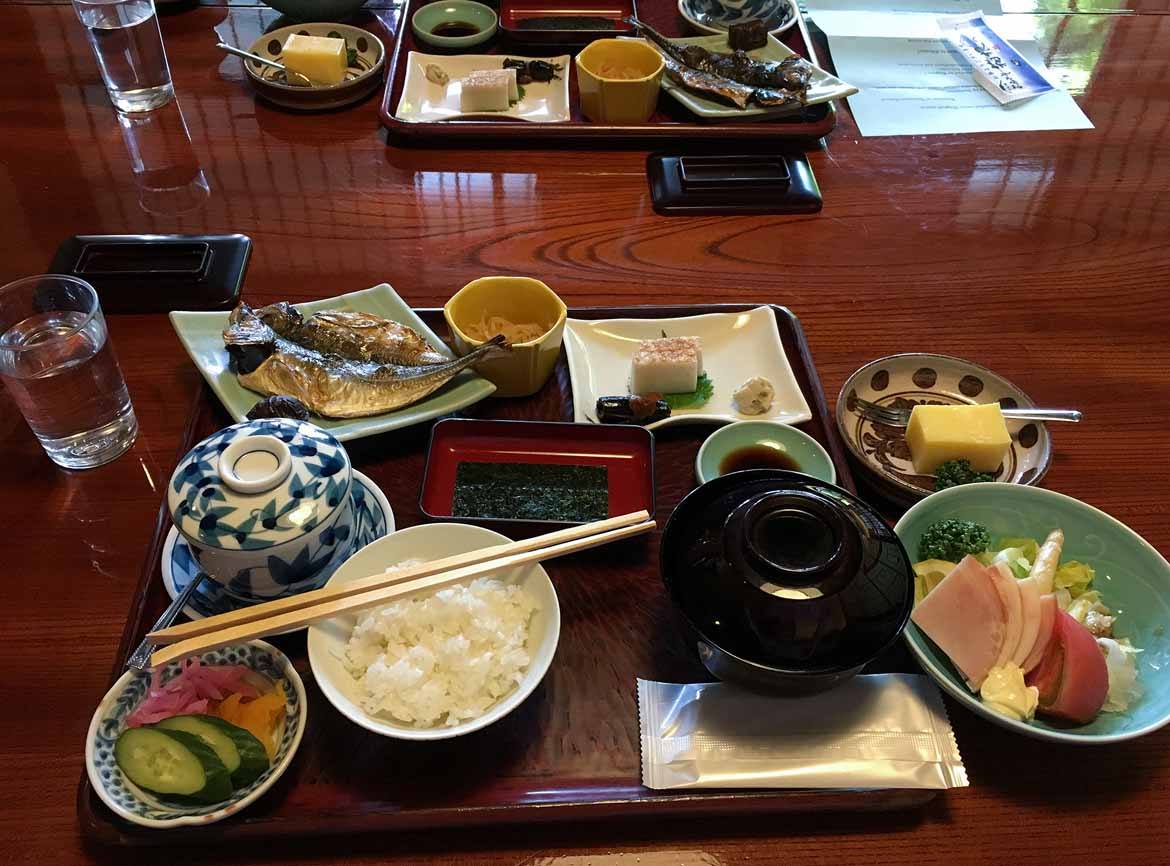
Explore
Don’t be afraid to explore. Any time of day. Japan is probably the safest country in the world. Get out of the hotel and wander. We found remarkable little hole-in-the-wall restaurants, inexpensive and delicious, whose owners are thrilled to see you. Often nothing is in English, not even the sign and usually not the menu. No problem. Simply point or choose from the omnipresent window displays. You really can’t go wrong.
We discovered by accident a small, lonely Shinto shrine, almost completely hidden in the forest, just a short walk above our ryokan in Hakone. We were the only people there. While the large, famous temples, especially in Kyoto, are extremely impressive, this tiny, moss-covered testament to the Shinto faith, no doubt supported by a small handful of individuals these days, had an atmosphere and impact far beyond its modest size. There were no indications it was there, other than a long stone stairway leading up into the trees. We would never have seen it were we not inclined to explore, and feeling comfortable in doing so.
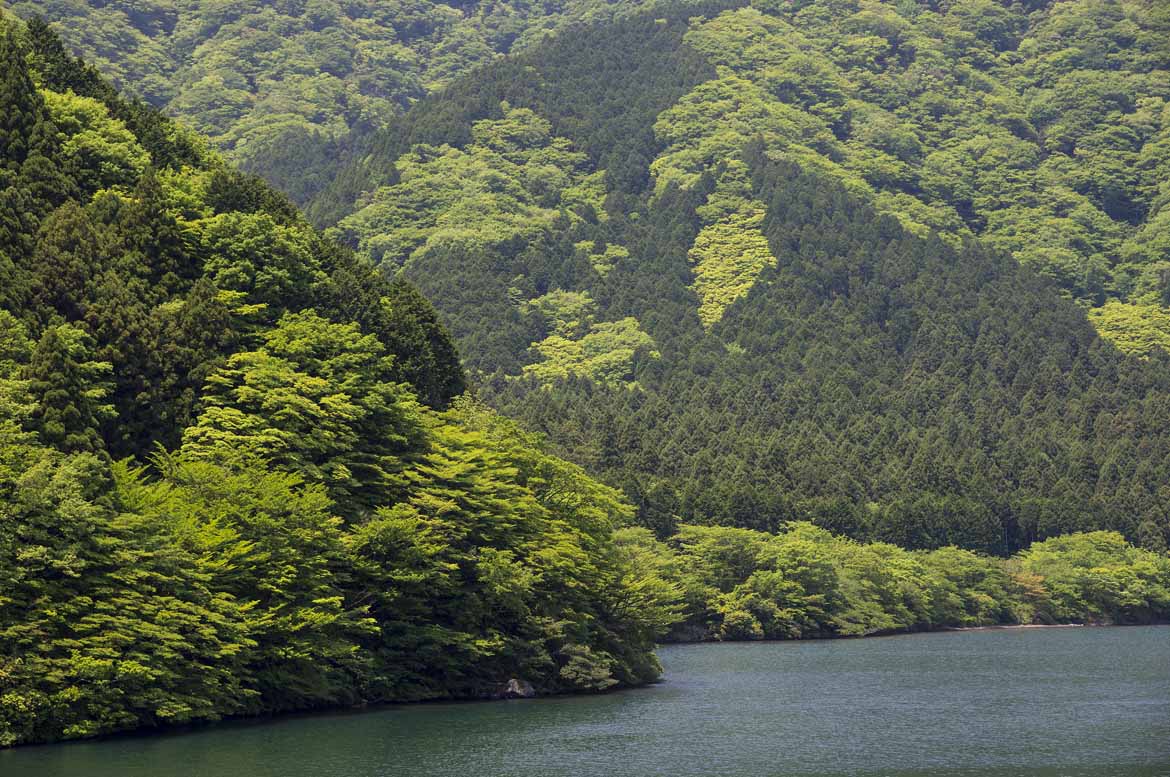
Get out at night
The major tourist sights are crowded during the day. If you get a chance to return at night, it is a different world. The crowds are gone and many of the temples and historic buildings are beautifully lit, providing superb photo ops. The Senso-ji Temple, for example, was packed in the afternoon. But, it was a five-minute walk from our hotel in Asakusa. After dark, there are very few visitors and a totally different and peaceful experience.
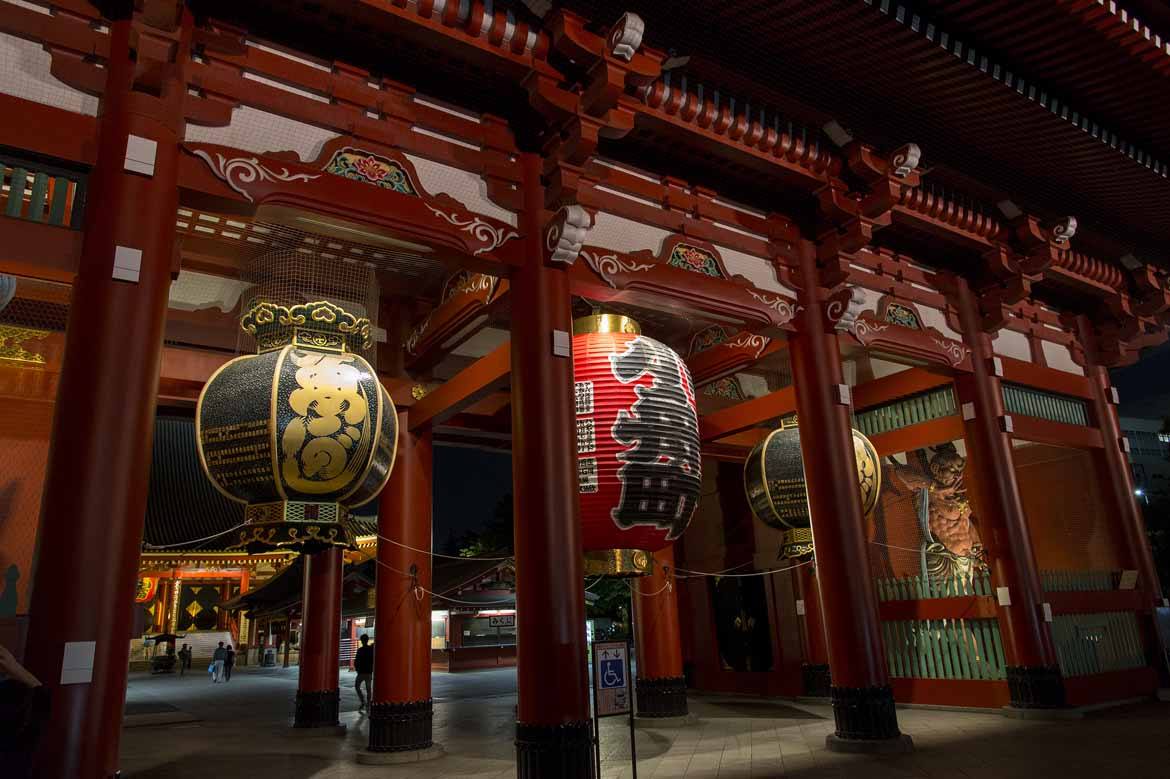
Learn some Japanese
Learn a few basic phrases in Japanese before you go. Simply knowing “please,” “thank you,” “good morning,” “good evening,” “that was delicious” and a few more will ingratiate you to the Japanese people and reward you in ways you cannot imagine. Spoken Japanese is simple to pronounce, since like Spanish, all vowels are pronounced the same.
Do a little reading about Japanese culture and etiquette. The Japanese will appreciate it and you will feel more comfortable. You’ll also avoid a “bow-fest” that never stops!
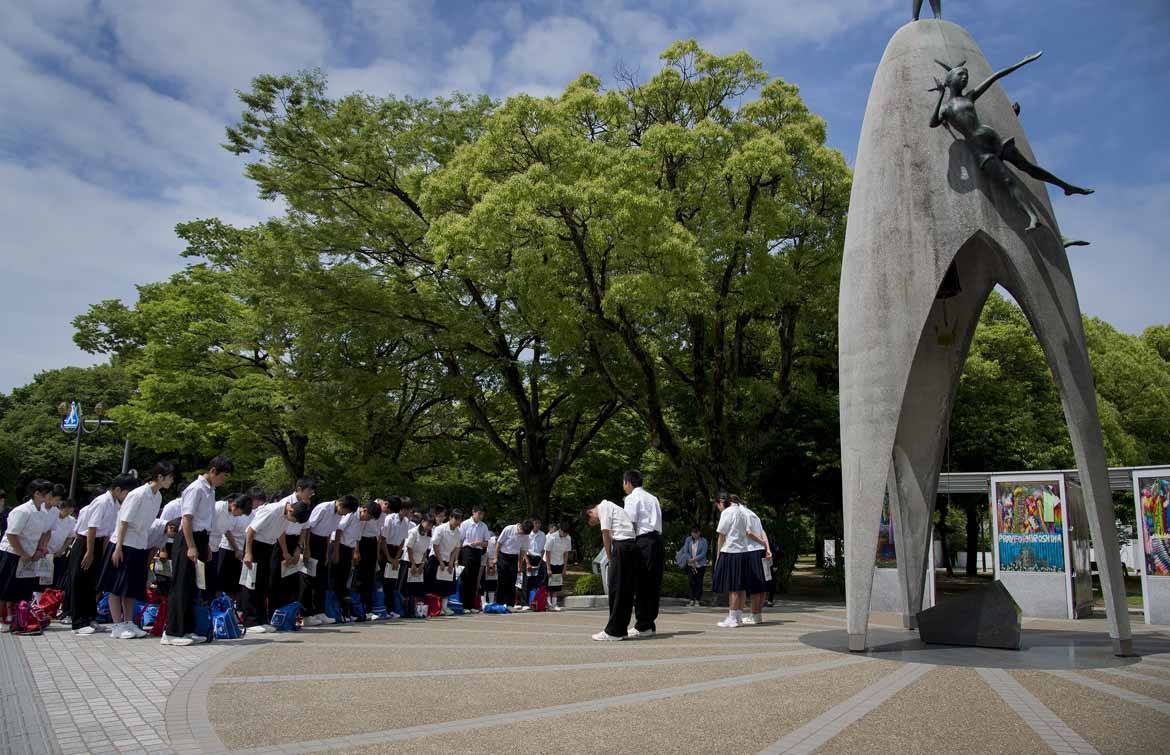
Hakone Open-Air Museum
I promised to avoid too much of the “must-see” reviews, but I’ll make an exception for the Hakone Outdoor Museum: one of the most enjoyable, impressive and unique collections of modern art I’ve ever encountered. The mountain setting is spectacular, and even if you have no interest in modern sculpture whatsoever, it is impossible not to be entertained by the often whimsical works of many of the great names of modern art. The Picasso display alone is worth a couple of hours.
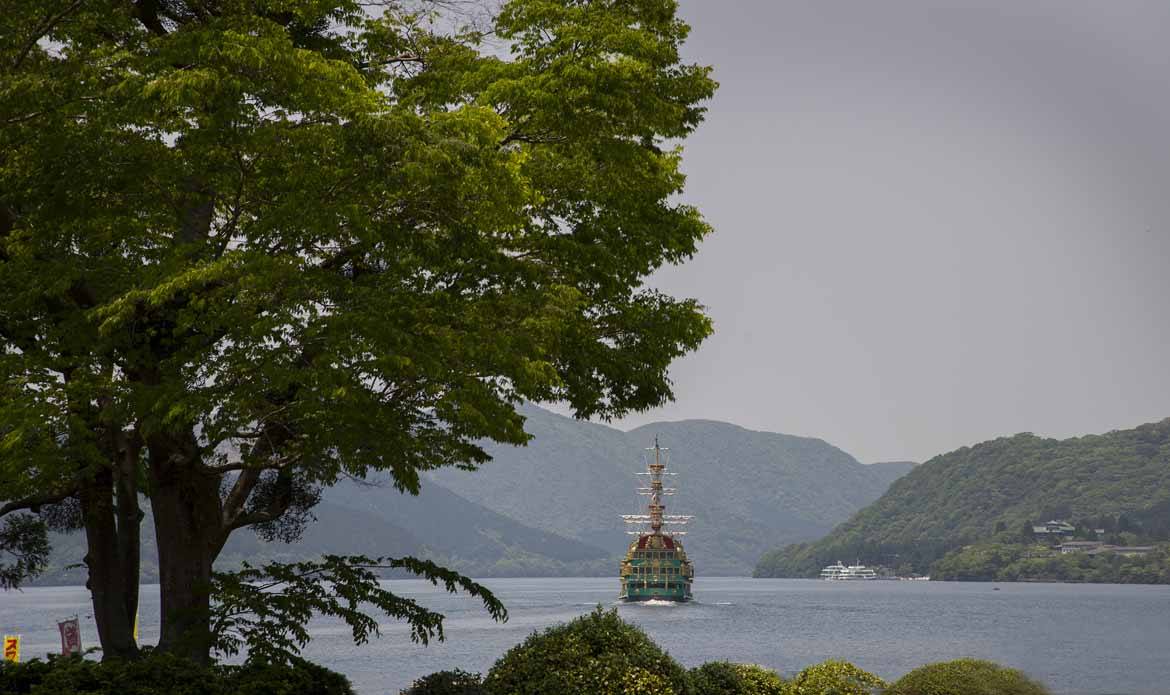
At the risk of sounding patronising, never in all our travels have we had a more impeccably organised, glitch-free trip than that arranged by Alice and Inside Japan Tours. Of special note are the detailed itinerary and guidebooks provided by IJT for our trip. I had purchased two of the “big name” guidebooks on Japan, and while helpful, they were totally unnecessary. Inside Japan provides exceptionally in-depth, unique recommendations based upon the personal experiences of their staff. These led us to many highly interesting, off-the-beaten-track experiences we would never have known about otherwise. Plus, addresses and important names are printed in Japanese, too, so if you get lost or need some help, you can simply point and someone will understand.
You’ve heard about “being able to set your watch” by someone’s punctuality? All of our guides, drivers, and other events arranged by IJT were punctual to a fault. True story: the driver that was to return us to the airport for our flight home was due at 1:00. He would have to navigate Tokyo traffic, find a place to park in one of Tokyo’s busiest areas, and get to the 20th floor reception area of a large hotel. Waiting in the lobby, I had my cell phone in hand, looking at the time, just to see if for once, someone might be a couple of minutes late. The instant the clock rolled over to one-zero-zero, the elevator door opened and our driver arrived. I don’t know how they do it.
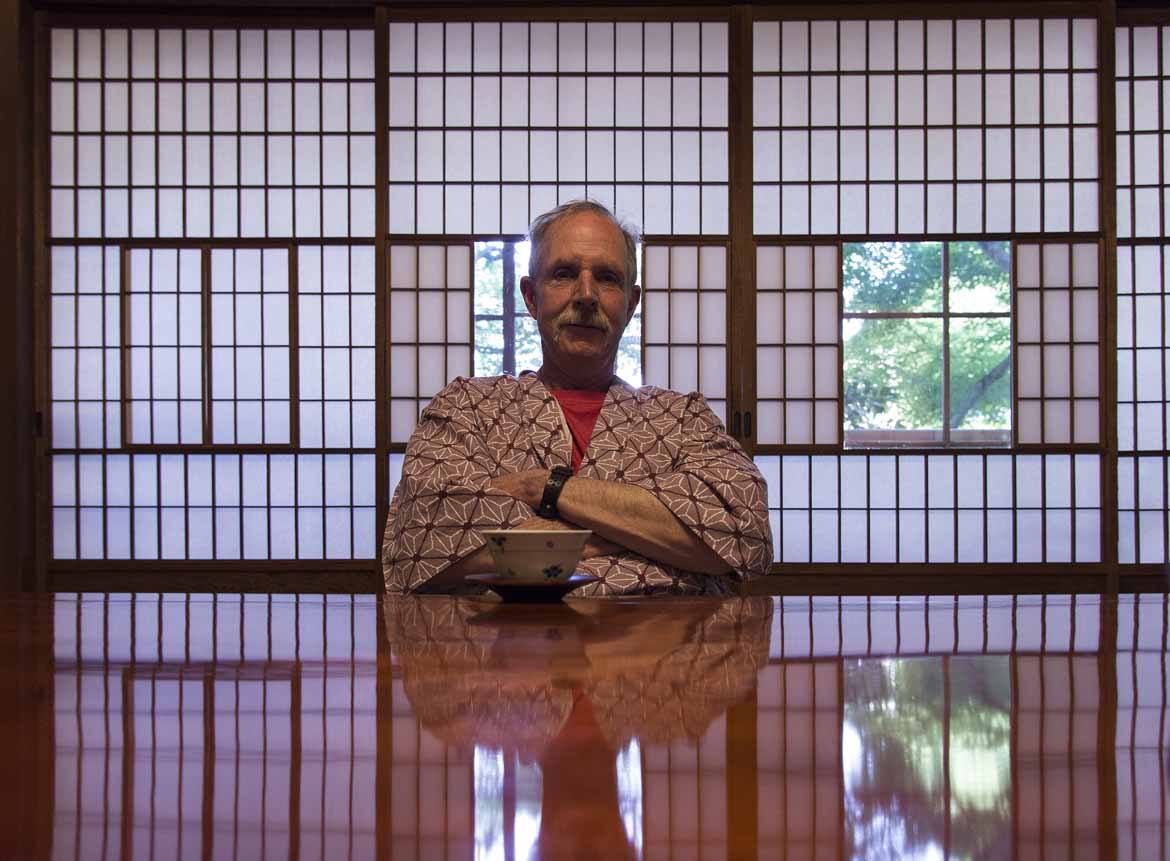
Our favourite part?
Friends have asked us after our trip, “What was the thing about Japan you enjoyed the most?” By far, the answer is the remarkable kindness, politeness, and welcome we experienced from the Japanese people. Countless little interactions, smiles, discussions and encounters made us feel more comfortable, and more at home, if such a thing is possible, than in any country we have visited. This is not what we expected in such a “foreign” culture, especially one that has a history of being suspicious of outsiders. The temples, the castles, the geisha, the cities, the museums were tremendous. The graciousness of the Japanese people, though, vastly exceeded our most optimistic expectations… especially the delightful young school children you will encounter everywhere, dressed in crisp uniforms, impeccably behaved, and eager to practice some English.
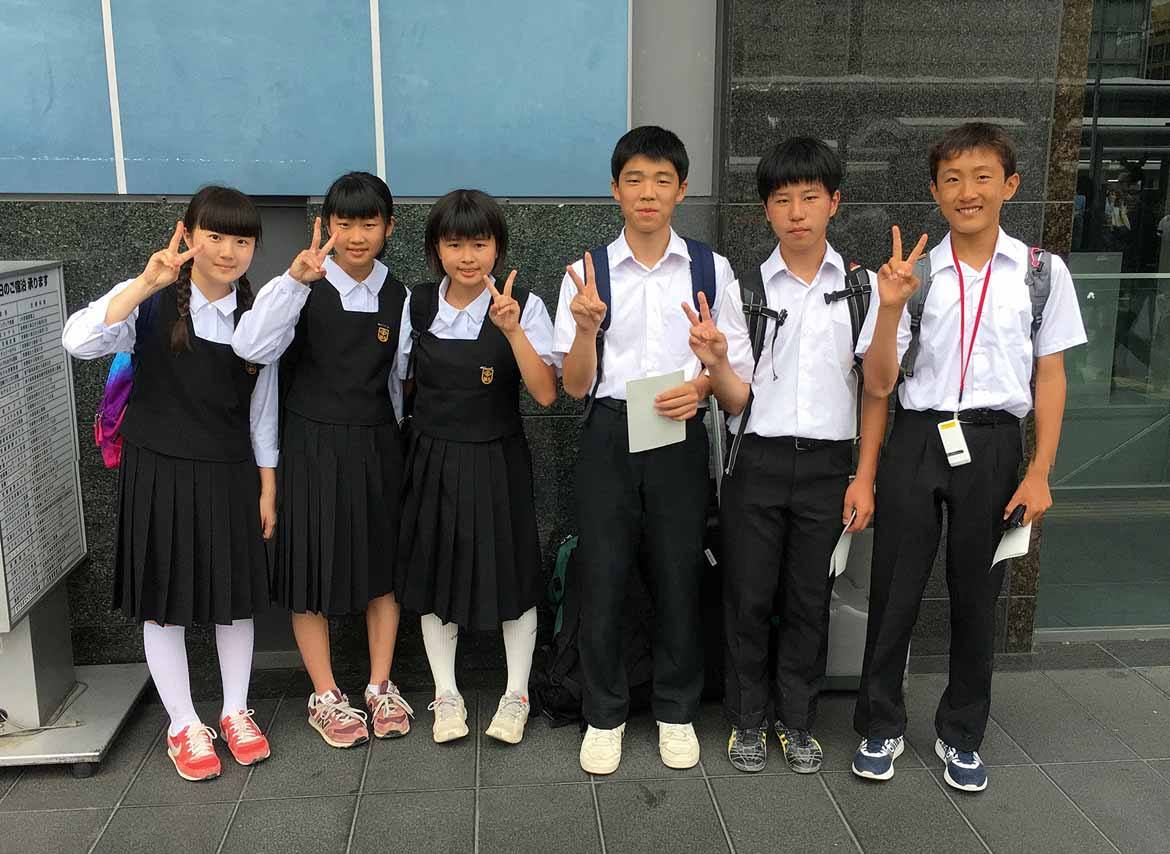
Our trip to Japan started on a whim. It ended up literally changing our lives, on several levels—in how we eat, how we view life, and what we learned from one of the world’s oldest, most refined cultures. We will return. It was definitely a “Superior” return on our investment.
Tom and Roberta travelled on the Superior version of our Golden Route itinerary, which stops in Tokyo, Hakone and Kyoto. We are extremely grateful to Tom for his wonderful blog post and photos, and thrilled to hear his excellent feedback from Japan! If you’d like to follow in their footsteps, click here to get in touch with one of our travel consultants today.


